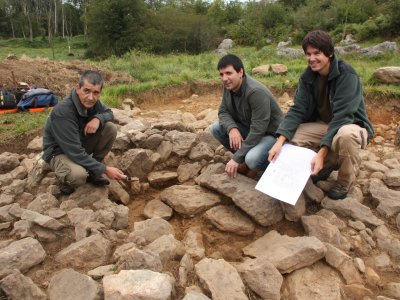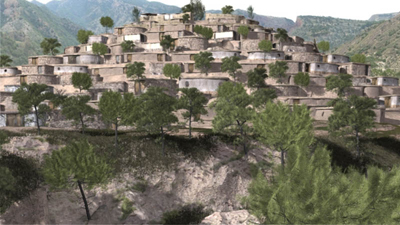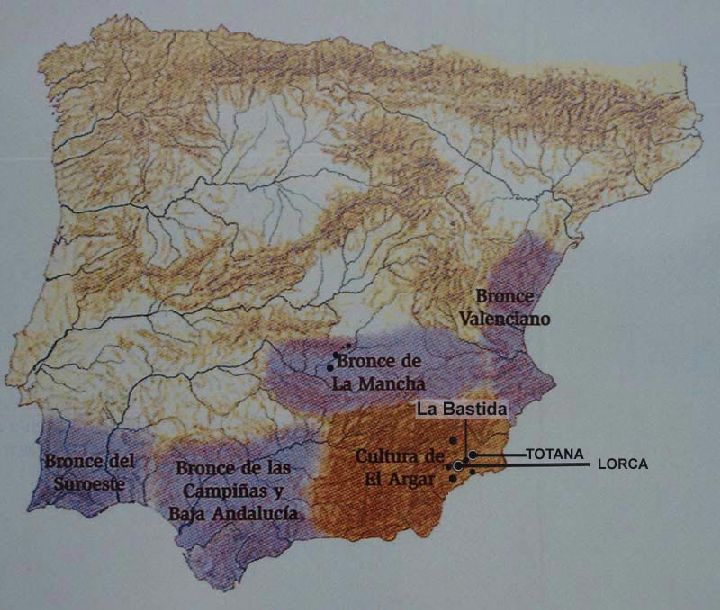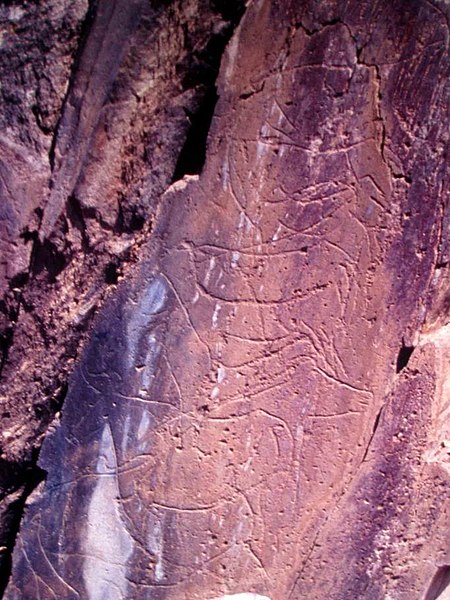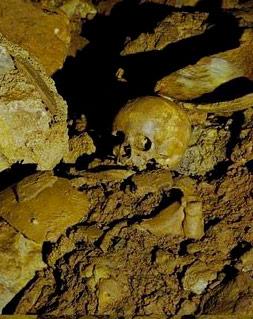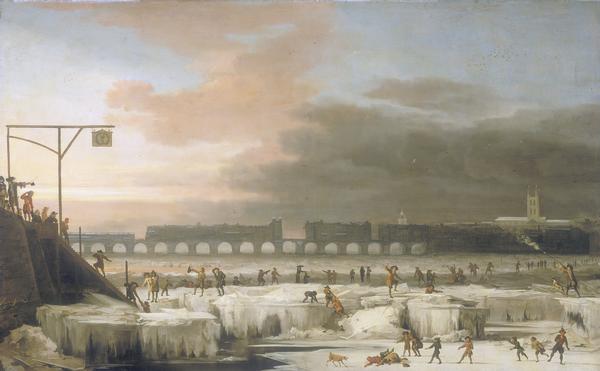 |
| Maasai warriors jumping (cc by javic) |
There is a new paper at the Public Library of Science on the genetics of the Maasai with emphasis in diet-related aspects:
Kshitij Wagh et al., Lactase Persistence and Lipid Pathway Selection in the Maasai. PLoS ONE, 2012. Open access ··> LINK [doi:10.1371/journal.pone.0044751]
Abstract
The Maasai are a pastoral people in Kenya and Tanzania, whose traditional diet of milk, blood and meat is rich in lactose, fat and cholesterol. In spite of this, they have low levels of blood cholesterol, and seldom suffer from gallstones or cardiac diseases. Field studies in the 1970s suggested that the Maasai have a genetic adaptation for cholesterol homeostasis. Analysis of HapMap 3 data using Fixation Index (Fst) and two metrics of haplotype diversity: the integrated Haplotype Score (iHS) and the Cross Population Extended Haplotype Homozygosity (XP-EHH), identified genomic regions and single nucleotide polymorphisms (SNPs) as strong candidates for recent selection for lactase persistence and cholesterol regulation in 143–156 founder individuals from the Maasai population in Kinyawa, Kenya (MKK). The non-synonmous SNP with the highest genome-wide Fst was the TC polymorphism at rs2241883 in Fatty Acid Binding Protein 1(FABP1), known to reduce low density lipoprotein and tri-glyceride levels in Europeans. The strongest signal identified by all three metrics was a 1.7 Mb region on Chr2q21. This region contains the genes LCT (Lactase) and MCM6 (Minichromosome Maintenance Complex Component) involved in lactase persistence, and the gene Rab3GAP1 (Rab3 GTPase-activating Protein Catalytic Subunit), which contains polymorphisms associated with total cholesterol levels in a genome-wide association study of >100,000 individuals of European ancestry. Sanger sequencing of DNA from six MKK samples showed that the GC-14010 polymorphism in the MCM6 gene, known to be associated with lactase persistence in Africans, is segregating in MKK at high frequency (~58%). The Cytochrome P450 Family 3 Subfamily A (CYP3A) cluster of genes, involved in cholesterol metabolism, was identified by Fst and iHS as candidate loci under selection. Overall, our study identified several specific genomic regions under selection in the Maasai which contain polymorphisms in genes associated with lactase persistence and cholesterol regulation.
The study actually has two elements of interest for my point of view, on one side it is the dietary aspects of Maasai genetics underlined in the title and the abstract but then there is a more generic element of understanding the relevant population genetics with the help of STRUCTURE, reflected in fig. 1 but better addressed in the supplemental materials (Appendix S1).
The Maasai as product of 6 ancestral populations
K=6 is what STRUCTURE indicates as clear best fit (lowest log probability of fit) in a no-admixture model and all the six reconstructed ancestral populations are all present in them (unlike what happens for example with the CEU sample of European ancestry):
 |
| From Appendix S1 - click to expand CEU: European-Americans (USA), ASW: African-Americans (USA) LWK: Luhya (Kenya), MKK: Maasai (Kenya), YRI: Yoruba (Nigeria) |
We can see that the influence of West Eurasian genetics (teal) appears to be almost nil in Africa, although the Maasai (MKK) have some (c. 2%), probably infiltrated via Ethiopia, Somalia or Sudan.
West African genetics (pink) are slightly more influential in the Maasai but only c. 10%.
Instead the Maasai display four different East African specific "ancestral populations" of which two are larger and the other two smaller in the sampled populations:
- The yellow component is almost exclusive of the Maasai (69%), with some very minor penetration in other populations.
- The green component is more outstanding among the Luhya (32%), reaching barely 5% among the Maasai.
- The brown component is again almost exclusive of the Maasai (12%), with some individuals apparently displaying it as very dominant.
- Finally, the purple one is almost exclusive of the Maasai but at much lower frequecies (3%). However it is also dominant in a few individuals.
The fact that the Maasai show obviously marked individual variance at levels not apparent in other populations, and that this variance includes some smaller "mystery" components, seems to mean that they are in ongoing or very recent admixture with other populations (maybe other Maasai clans of distinctive origin, maybe other pre-Bantu East African peoples). It indicates that there is still a lot to research in the Population genetics of East Africa, what requires of extensive new sampling among the many diverse small ethnicities of the Upper Nile and nearby regions.
Yes to milk, no to cholesterol
The other, more central aspect of this study is the localization of specific genomic regions or even alleles that guarantee that this pastoralist people can largely live off the milk produced by their cows and, quite interestingly, not to have circulatory problems because of the associated excess cholesterol.
The authors detected the following regions as very clearly under selection (several approaches being convergent in their detection):
| Fig. 5 |
The first of these regions, in chromosome 2, seems particularly long and selected for both lactase persistence (the ability to digest lactose as adult) and low cholesterol, according to this paper.
The region in chromosome 7 regulates the enzyme Cytochrome P450, related to oxidation processes in metabolism of lipids, steroids, drugs and toxins, probably also regulating cholesterol.
See also in this blog:
- Claim that cholesterol related gene was positively selected in Africa but not elsewhere
- Positive selection for arthritis and short-size alleles in Eurasia?
- Khoesan genetics helping to understand the evolutionary history of Humankind as a whole
- Khoesan autosomal genetics
- North African autosomal genetics (also considering the Maasai).
- Chad basin mtDNA
- Sudanese autosomal genetics
- African diversity and the possible origins of Humankind
- Eastern Pygmies are not mtDNA L1
